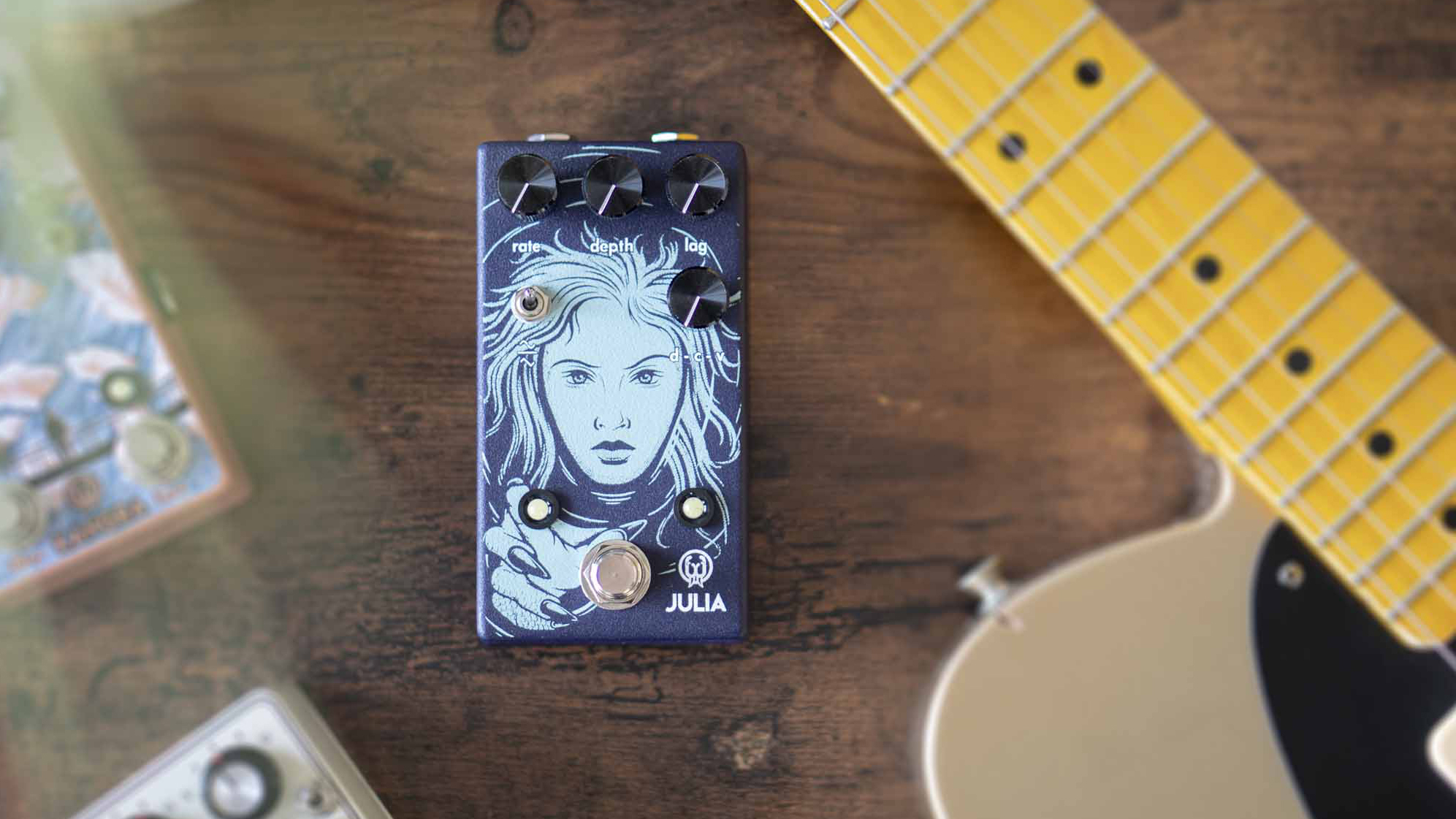

Buy the Electro-Harmonix Big Muff Pi here.ĮarthQuaker’s flagship pedal is the Hoof: a loose interpretation of the Green Russian Muff that combines traditional NOS germanium transistors with more reliable silicon transistors. Other Muff versions currently in production for guitar (leaving aside the bass versions) include:Īs relatively inexpensive as EHX makes their own design available, you can find very many used Muffs on Reverb and save even more. In addition to these, EHX has issued re-releases in their nano form factor of the following era-specific pedals mentioned on this list: It’s probably worth noting that all three are among the cheapest U.S.-made Muff style pedals available, which is in keeping with EHX pricing on the whole, but also perhaps in order to fight for market share of its own creation. The one major drawback of this pedal is its relatively monstrous footprint that makes it kind of a pedalboard hog, especially considering what comes later on this list.įortunately, it also comes in a Little version and a Nano version, though some think they don’t sound quite the same. It’s especially magic paired with a Gibson Les Paul since it already has tremendous sustain. In the classic three-knob configuration, you get Volume, Tone, and Sustain (basically a gain knob). While earlier iterations were closer to true fuzz, this one has four transistor amplification stages (two of which are diode clipping stages), making this Big Muff more like a highly versatile distortion circuit that comes off as fuzzy. If this is your first interaction with a Big Muff, start with this one, which is the current-version American Pi. It’s also fair to argue that this isn’t even a clone, though with so many versions through the years, I would argue that in some ways, this is a clone of itself a few times over. That’s what the rest of this list is for. “A modern American Big Muff Pi? That’s not even the best Big Muff pedal from EHX!” Maybe so.

While you might want the genuine article for a recording situation, these carefully constructed and considered take-offs are more than up to the task of giving you the sound in less-forgiving environments.įor everyone looking to find a toe-hold in the vast sea of options, here are our picks for the top ten best Big Muff type pedals. This list is for anyone who has never tried a Muff before, but also those who already own a vintage model but are rightly afraid of destroying it on the road.

The advantage to this is that they’re reliable, often backed by warranty, and usually packed into modern, pedalboard friendly boxes where the real-deal vintage units would not have been. It’s probably neck and neck, but then, the Klon and Tube Screamer have fewer versions to be copied in the first place.įor this list, we’re focusing on Muffs and Muff clones currently in production. Is it the most copied pedal in history? Possibly other candidates include the Klon Centaur and the Tube Screamer (for which we have compiled a list of alternatives right here). Thanks to its status, an entire industry is dedicated to recreating, improving upon, or emulating the various Muff varieties. Mascis has used a whole pile of them including the Ram’s Head. Present day raving lunatic Billy Corgan used an OP-AMP Muff for Siamese Dream, while J. For reference, it’s most likely that you’re thinking of a Ram’s Head when you’re trying to get a David Gilmour sound, though he used a Civil War in the 90s. You might also see references to the OP-AMP version. According to the identifier page, there are 13 versions of the pedal, so for four of them to rise to the top of the conversation means that they’re something special. To boil it down somewhat, the versions you’re most likely to hear a lot about are the Green Russian, the Civil War, the Ram’s Head, and the Triangle. Indeed, someone has and if you want to pore over every sordid detail, check out The Big Muff Page’s evolution for the unabridged version.

So many, in fact, that you could dedicate an entire website to it. Without getting too much into the confusing twists of EHX production over the years, there have been many, many versions of the Big Muff pedal. But the long, strange history of the thing means it’s more than that. At its core, it is a fuzz pedal created to deviate from the early roots of fuzz pedals. What can be said that hasn’t already been said about the vaunted Big Muff, as originally imagined by Mike Matthews of Electro-Harmonix and Bob Myers of Bell Labs? It is very simply a titan a colossus of guitar gear lore.


 0 kommentar(er)
0 kommentar(er)
